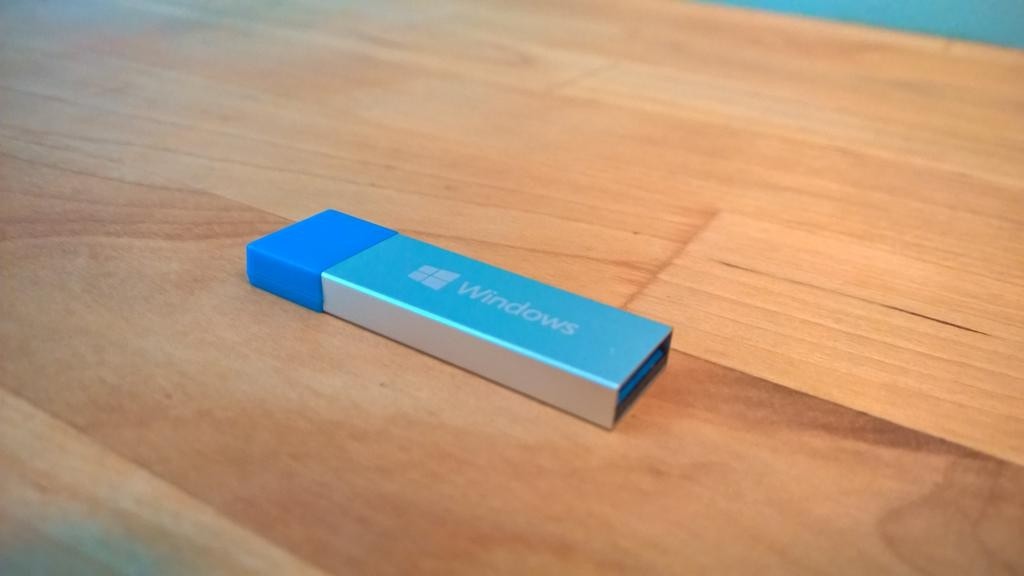

◉ Recovery USB: It contains all the advanced recovery options to troubleshoot Windows 10 even when the PC won’t boot. It could be used to clean install Windows 10 from USB on the same or another computer. ◉ Installation USB: Copy Windows 10 ISO to USB and therefore creating a bootable drive. If you want to use the USB as a bootable drive, there are some other approaches you can take, and the results of them are functionally different. Windows 10 comes with Backup and Restore utility to backup files, volumes or OS, but system files backed up in this way can only be stored as data. How to copy Windows 10 from PC to pendrive (bootable) Easier & safer way to create bootable USB and repair Windows 10 Copy Windows 10 to USB for troubleshooting or reinstallation Copy Windows 10 to USB for upgrading or clean installing
How to copy Windows 10 from PC to pendrive (bootable). In this post, I’ll introduce 3 methods to copy Windows to USB for free. Meanwhile, it can be used on a variety of devices, including thin laptops without optical drives. So what is the superiority of bootable USB over other media? Well, the obvious reason is that it’s the lightest and most portable one. Boot crashed computer into Windows 10 recovery environment for troubleshooting. Upgrade earlier system to the latest version, like from Windows 7 to Windows 10. Clean install Windows 10 on new hardware or computer. For instance, you may want to copy Windows 10 to USB as a bootable drive, and use it for following purposes: With the innovation of technology and the constant update of Windows operating system, you won’t be running the same OS on the same device forever, which also brings the demand for portable bootable media. Split the Windows image file into smaller files, and put the smaller files onto the USB drive: Dism /Split-Image /ImageFile:D:\sources\install.wim /SWMFile:E:\sources\install.The benefits of creating Windows 10 bootable USB If your image is larger than the filesize limit:Ĭopy everything except the Windows image file (sources\install.wim) to the USB drive (either drag and drop, or use this command, where D: is the mounted ISO and E: is the USB flash drive.) robocopy D: E: /s /max:3800000000 Windows USB install drives are formatted as FAT32, which has a 4GB filesize limit. Follow the instructions to install Windows. Select the option that boots the PC from the USB flash drive. Turn on the PC and press the key that opens the boot-device selection menu for the computer, such as the Esc/F10/F12 keys. For more information, see Automate Windows Setup. 
Optional: add an unattend file to automate the installation process. Use File Explorer to copy and paste the entire contents of the Windows product DVD or ISO to the USB flash drive. Step 2 - Copy Windows Setup to the USB flash drive If Mark Partition as Active isn't available, you can instead use diskpart to select the partition and mark it active.






 0 kommentar(er)
0 kommentar(er)
